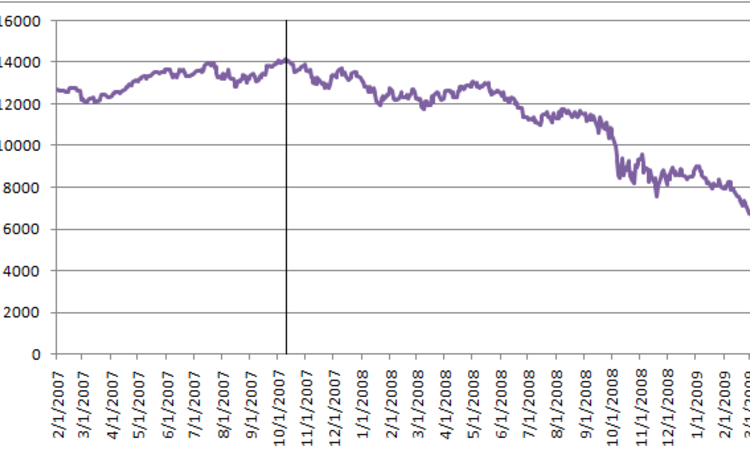Hispanic and Asian Americans lead the way in increasing homeownership rates
- Homeownership rate among all racial and ethnic groups rose from 63.9% to 65.2% between 2012 and 2022
- Hispanic homeownership rate reached a record high of 51.1% in 2022
- Asian homeownership rate increased from 57.2% to 63.3% in the past decade
- Black homeownership rate rose from 42.5% to 44.1% over the same period
- Asian Americans have the highest median wealth among racial and ethnic groups
- Black Americans face higher levels of student-loan debt, impacting mortgage eligibility
- Homeownership is seen as a form of forced-savings plan with long-term benefits
- Racial restrictions on homeownership have historically affected people of color
- Hispanic and Asian homeownership rates saw the most significant gains in Vermont, Delaware, and South Carolina
- Asian homeownership rates were highest in South Carolina, Hawaii, and Maryland
People of color, particularly Hispanic and Asian Americans, have made significant gains in homeownership over the past decade. The homeownership rate among all racial and ethnic groups rose from 63.9% to 65.2% between 2012 and 2022. Hispanic homeownership reached a record high of 51.1% in 2022, with around 3.2 million additional Hispanic Americans buying a home. Asian homeownership rates increased from 57.2% to 63.3%, equating to roughly 1.5 million more Asian Americans becoming homeowners. However, the increase in Black homeownership was smaller, rising from 42.5% to 44.1%. Black Americans face higher levels of student-loan debt, impacting their mortgage eligibility. Asian Americans have the highest median wealth among racial and ethnic groups, while the typical Black family’s wealth is only 15% of the typical white family’s wealth. Despite these disparities, homeownership is still seen as a form of forced-savings plan with long-term benefits. It allows homeowners to build wealth and potentially pass it on to future generations. However, historical racial restrictions on homeownership have affected people of color, particularly Black Americans. The states with the most significant gains in Hispanic homeownership were Vermont, Delaware, and South Carolina, while Asian homeownership rates were highest in South Carolina, Hawaii, and Maryland.
Factuality Level: 8
Factuality Justification: The article provides factual information supported by data from the National Association of Realtors regarding homeownership rates among different racial and ethnic groups in the U.S. It includes relevant statistics and quotes from experts to explain the trends observed. The article does not contain significant digressions, misleading information, sensationalism, or bias. Overall, it presents a well-researched and informative analysis of the topic.
Noise Level: 3
Noise Justification: The article provides relevant information about homeownership trends among different racial and ethnic groups in the U.S. It includes data and statistics to support its claims, such as homeownership rates and median incomes. The article also touches on the historical context of racial restrictions on homeownership and the impact of student loan debt on mortgage eligibility. Overall, the article stays on topic, supports its claims with evidence, and offers insights into the disparities in homeownership among different groups.
Financial Relevance: No
Financial Markets Impacted: No
Presence Of Extreme Event: No
Nature Of Extreme Event: No
Impact Rating Of The Extreme Event: No
Rating Justification: This news article does not pertain to financial topics and does not describe any extreme events.
Private Companies: National Association of Realtors
Key People: Jessica Lautz (NAR’s deputy chief economist)
 www.marketwatch.com
www.marketwatch.com 





